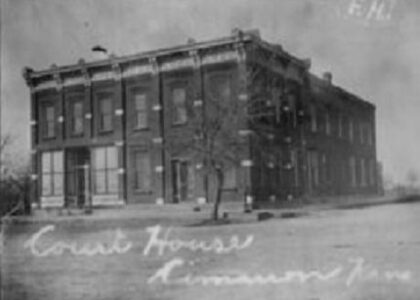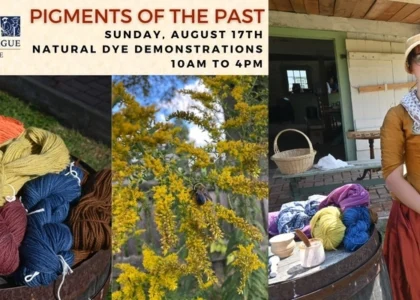Welcome to the Bunker Hill Historic District in Berkeley County, West Virginia, a place steeped in American history and rich with stories of resilience and change. The area that now makes up Bunker Hill was first settled in 1726 by Colonel Morgan Morgan, who established the first permanent settlement in what was then considered part of Virginia. This initial settlement laid the groundwork for what would become a vibrant community.
During the 19th century, Bunker Hill developed into an industrial hub, largely thanks to General Elisha Boyd, a key figure in the area’s history. Boyd’s Edgewood Manor plantation became the center of industrial activity, hosting mills, a brick-making operation, and more, thus transforming Bunker Hill into an economic focal point in southern Berkeley County. After Boyd’s death in 1841, his son John attempted to establish a formal town, selling lots and constructing buildings, including a store and a log house.
The town also became notable for its diverse community, including a significant population of African-Americans. After the Civil War, an area known as ‘Black Row’ emerged, representing a segregated community that highlights the social dynamics of the time.
Bunker Hill was not only a place of industrial and social significance but also a site of military importance. During the Civil War, the town witnessed skirmishes between Union and Confederate forces. The most notable event occurred in July 1861, when a brief confrontation took place near Bunker Hill.
The legacy of Bunker Hill is preserved through its inclusion on the National Register of Historic Places in 1980, recognizing its historical and cultural importance. Visitors can explore the remnants of its industrial past, from the historic mills to the churches that have stood for over a century.
As you walk through the Bunker Hill Historic District, you’re not just stepping through a community; you’re traversing a timeline that tells the story of America’s growth, struggle, and resilience.





